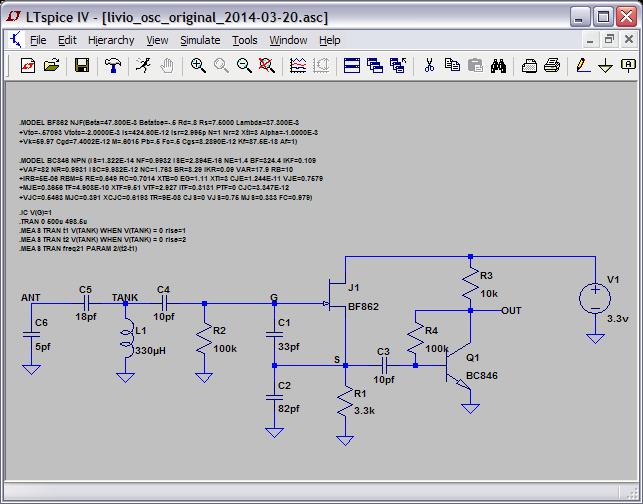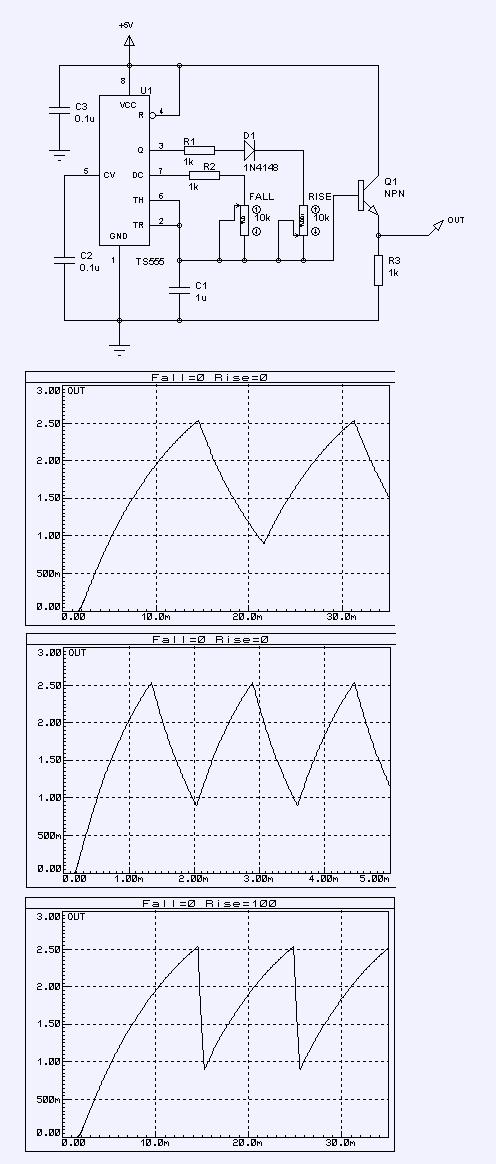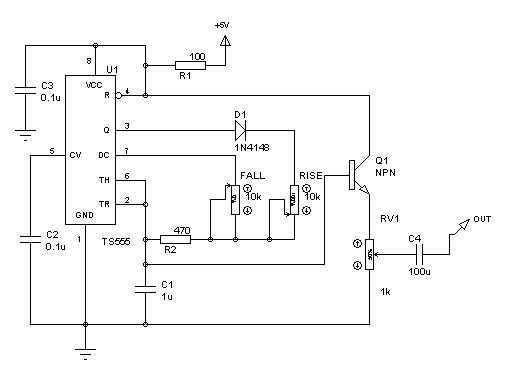"I just want to build a single oscillator - without any antenna and a reference oscillator. Just one simple Armstrong- oscillator that produces some sound. I am afraid that I dont have more time than that because I should slowly finish the whole presentation... There are only 2 Days to go..." - synox89
A single Armstrong oscillator that produces sound? Not sure what the point of that would be. It would be operating down in the audio range rather than ultrasonic, which would require much larger L & C. The pitch wouldn't change much with external capacitance.
For simple oscillators, the Theremino Colpitts is hard to beat. http://www.theremino.com/en/. The tank is parallel so the self capacitance of the coil won't be as critical (try using whatever you have on hand for L1). It requires a FET, but just about any NFET will work. The supply voltage isn't too critical either, but voltage regulation here really helps stability.

If you want an impressive demonstration of capacitance sensing, build that (you don't necessarily need Q1 or associated components C3, R4, R3) hook a scope probe to the point "S" above, set the trigger delay to something really long like 50ms, and see what effect your hand / body has when approaching the antenna. C6 is the antenna, and isn't a real component. C5 can be removed (replaced with a wire) but the oscillator will stall if you touch the antenna. It won't make any noise without a second oscillator and some kind of mixer.
FredM has given you very good advice, but I fear Theremins aren't something you can come up to speed on in just a few days given your levels of knowledge and experience.




